how can I avoid overcrowding?
kawaiineko_gardener
13 years ago
Related Stories
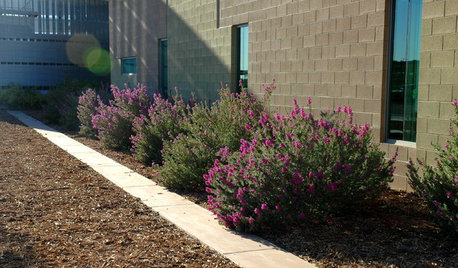
GARDENING GUIDESHow to Avoid Overcrowded, Overpruned Shrubs
Go for a more natural look that’s easier and less expensive to maintain by giving your plants the right amount of growing room
Full Story
PETS5 Finishes Pets and Kids Can’t Destroy — and 5 to Avoid
Save your sanity and your decorating budget by choosing materials and surfaces that can stand up to abuse
Full Story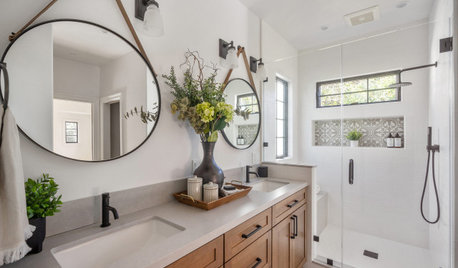
BATHROOM DESIGN5 Common Bathroom Design Mistakes to Avoid
Get your bath right for the long haul by dodging these blunders in toilet placement, shower type and more
Full Story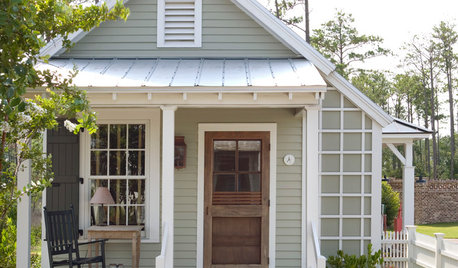
MOVINGHow to Avoid Paying Too Much for a House
Use the power of comps to gauge a home’s affordability and submit the right bid
Full Story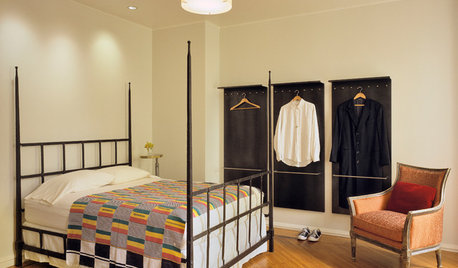
STORAGE9 Ways to Avoid a ‘Floordrobe’ in Your Bedroom
Repeat after me: The floor isn’t storage space for clothes! Tackle the ‘floordrobe’ effect with these smart tips
Full Story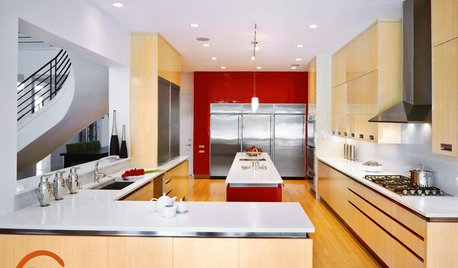
REMODELING GUIDESGet the Lighting Right: 8 Mistakes to Avoid
See How These Great Interiors Found the Right Lighting Solutions
Full Story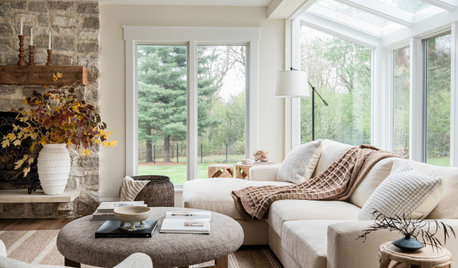
DECORATING GUIDES7 Major Decorating Mistakes and How to Avoid Them
Gain confidence to start your interior design project with this advice from a professional designer
Full Story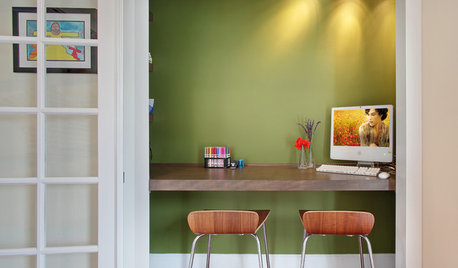
ORGANIZINGAvoid the Great Paper Pileup
Don't let unavoidable scraps cause a jam in your paperless system. These easy tips will keep your home office lanes clear
Full Story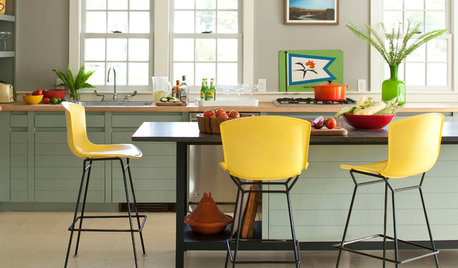
KITCHEN DESIGN9 Ways to Avoid Kitchen Traffic Jams
Rubbing elbows with chefs isn't always a boon. Consider circulation pathways for a kitchen that lets everyone work in comfort
Full Story


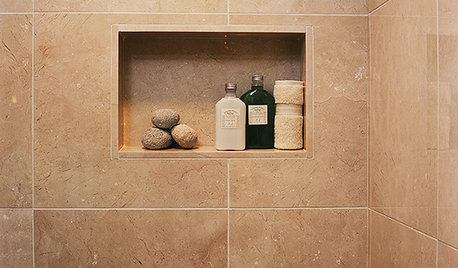
iam3killerbs
wordwiz
Related Discussions
Need ideas! 17' ctop. How can I avoid two seams?
Q
How do I avoid powdery mildew?
Q
How do I avoid vertical, glass on glass, grouting disasters?
Q
Grape vine disease - how can I avoid the repeat of the last year?
Q
sunnibel7 Md 7
curt_grow
rwsacto
wordwiz
flora_uk
peachymomo
digdirt2
susancol
kawaiineko_gardenerOriginal Author
digdirt2
curt_grow
shoontok
ravenh2001
sunnibel7 Md 7
Mad Ferret
thisisme
digdirt2
thisisme
thisisme
kawaiineko_gardenerOriginal Author
digdirt2
thisisme
tempusflits
flora_uk
sunnibel7 Md 7
kawaiineko_gardenerOriginal Author
alabamanicole
digdirt2
thisisme
Edie
brismith70
sunnibel7 Md 7
alabamanicole
kayhh
gblack